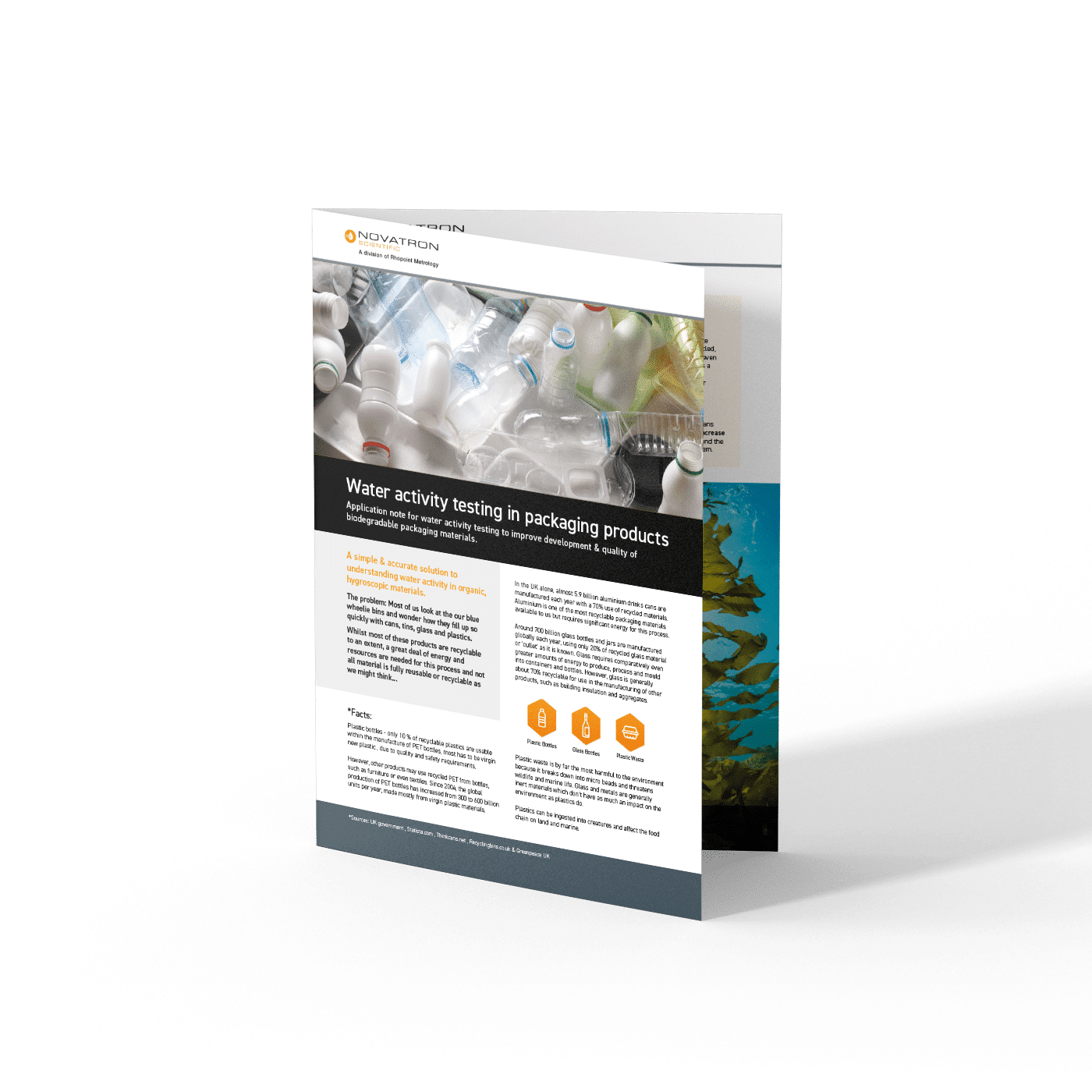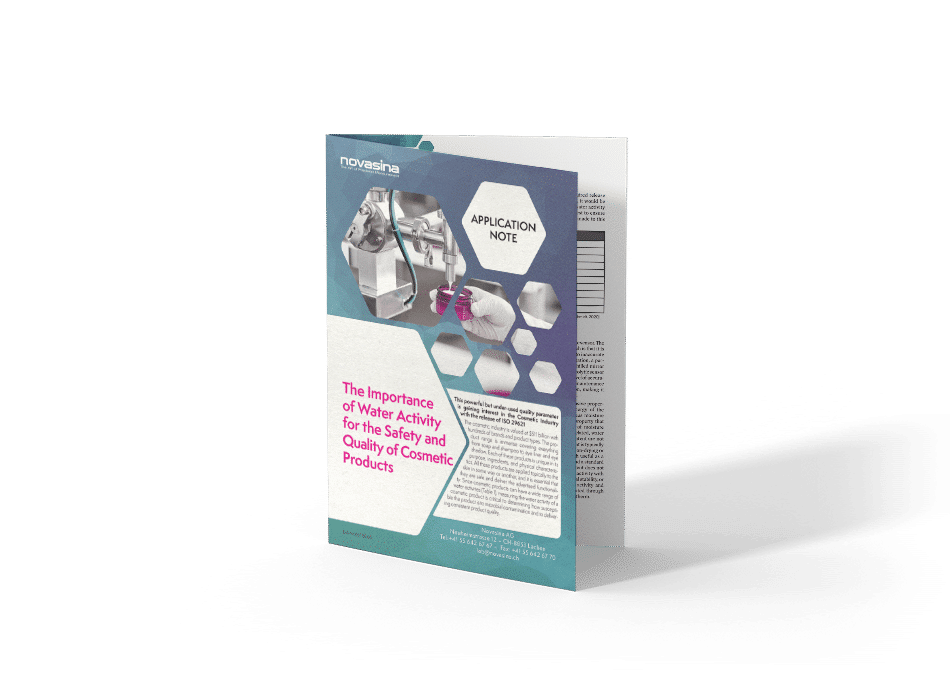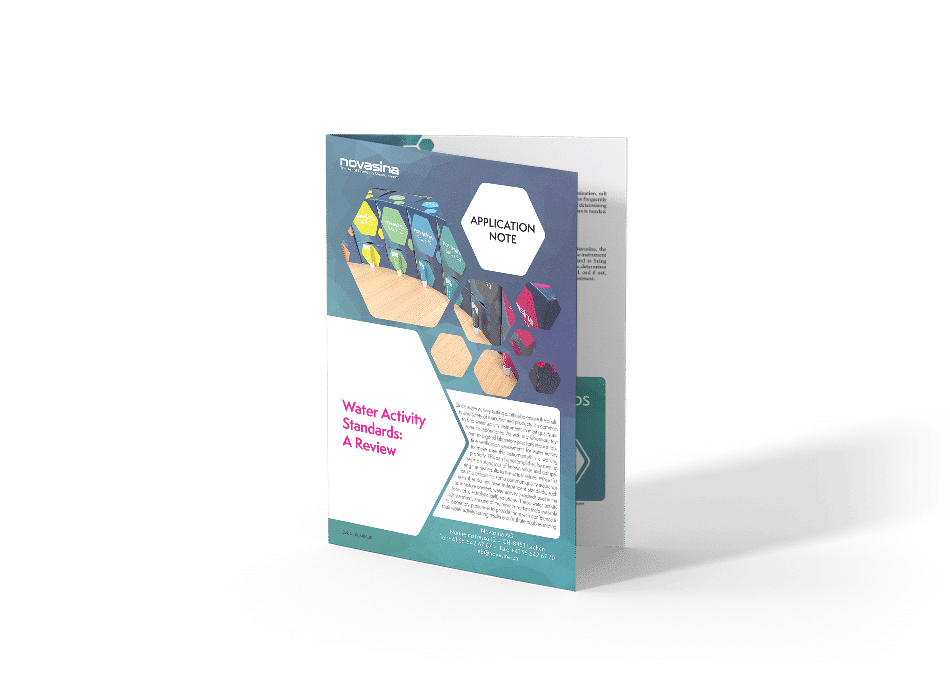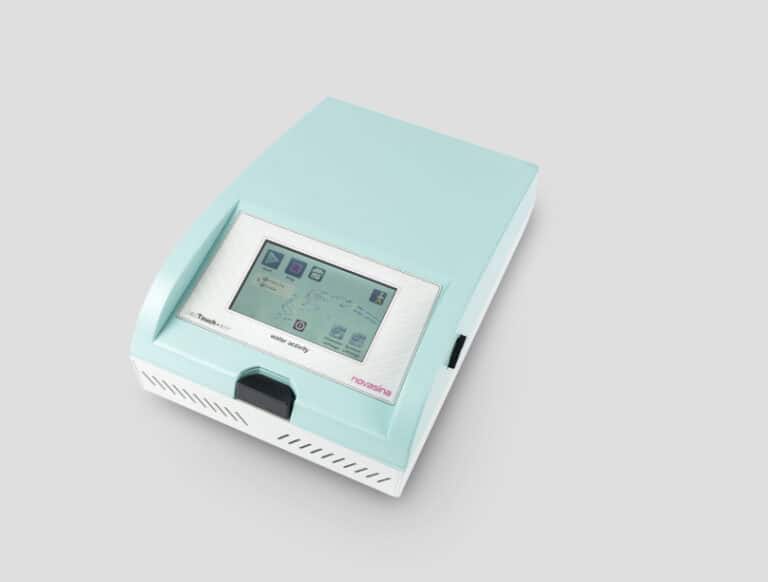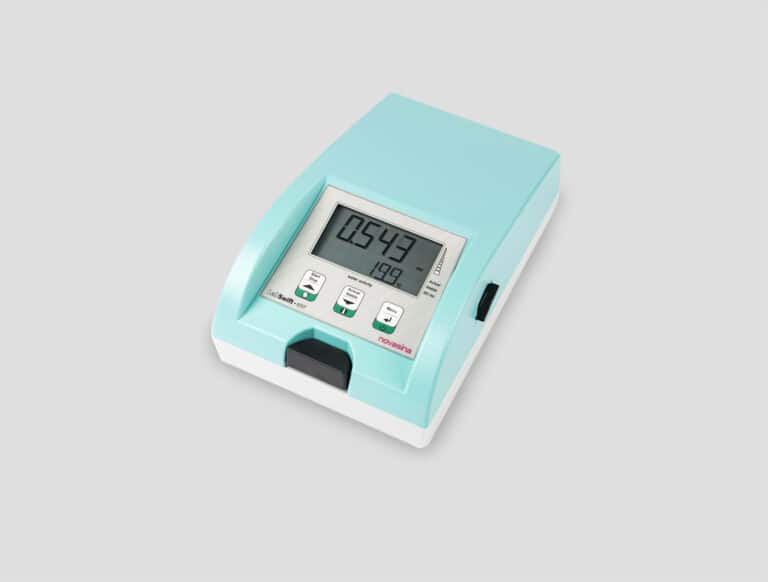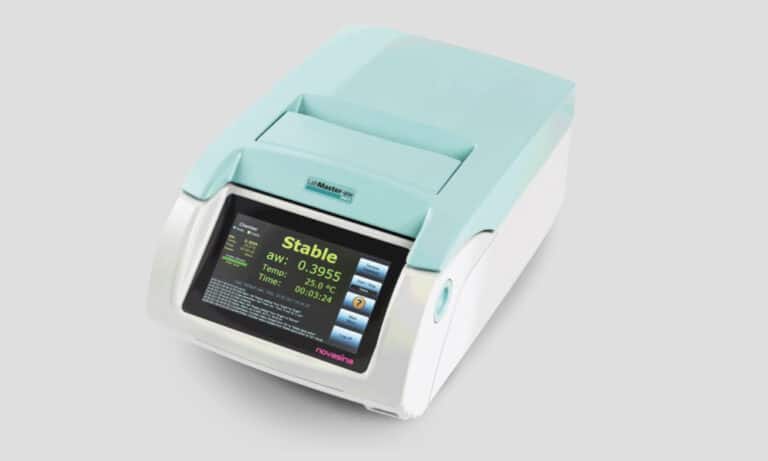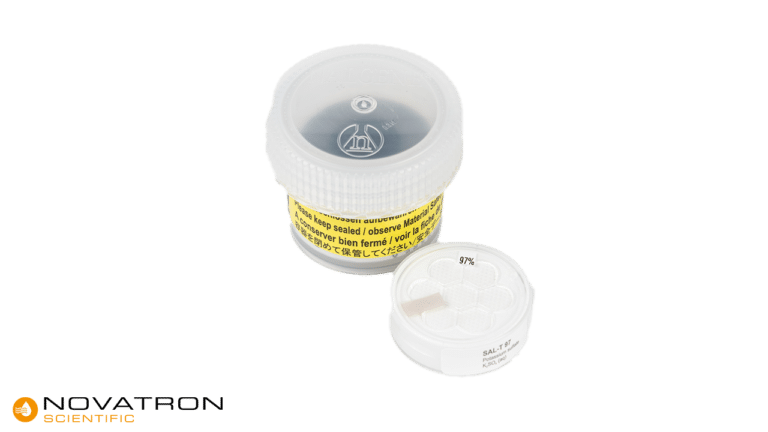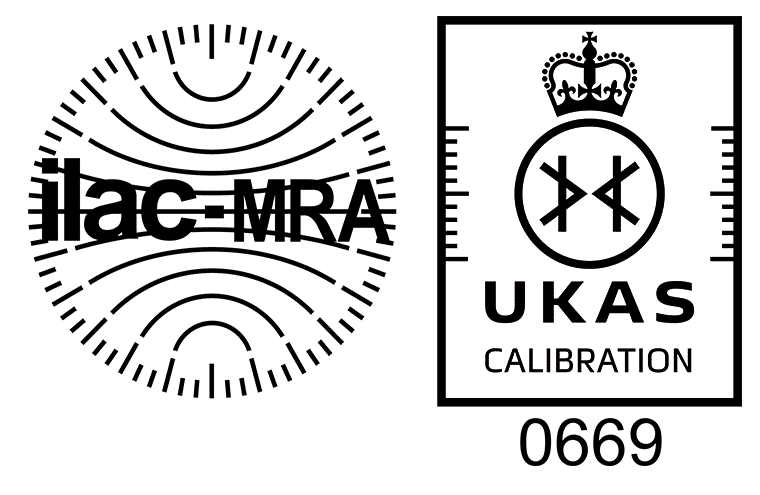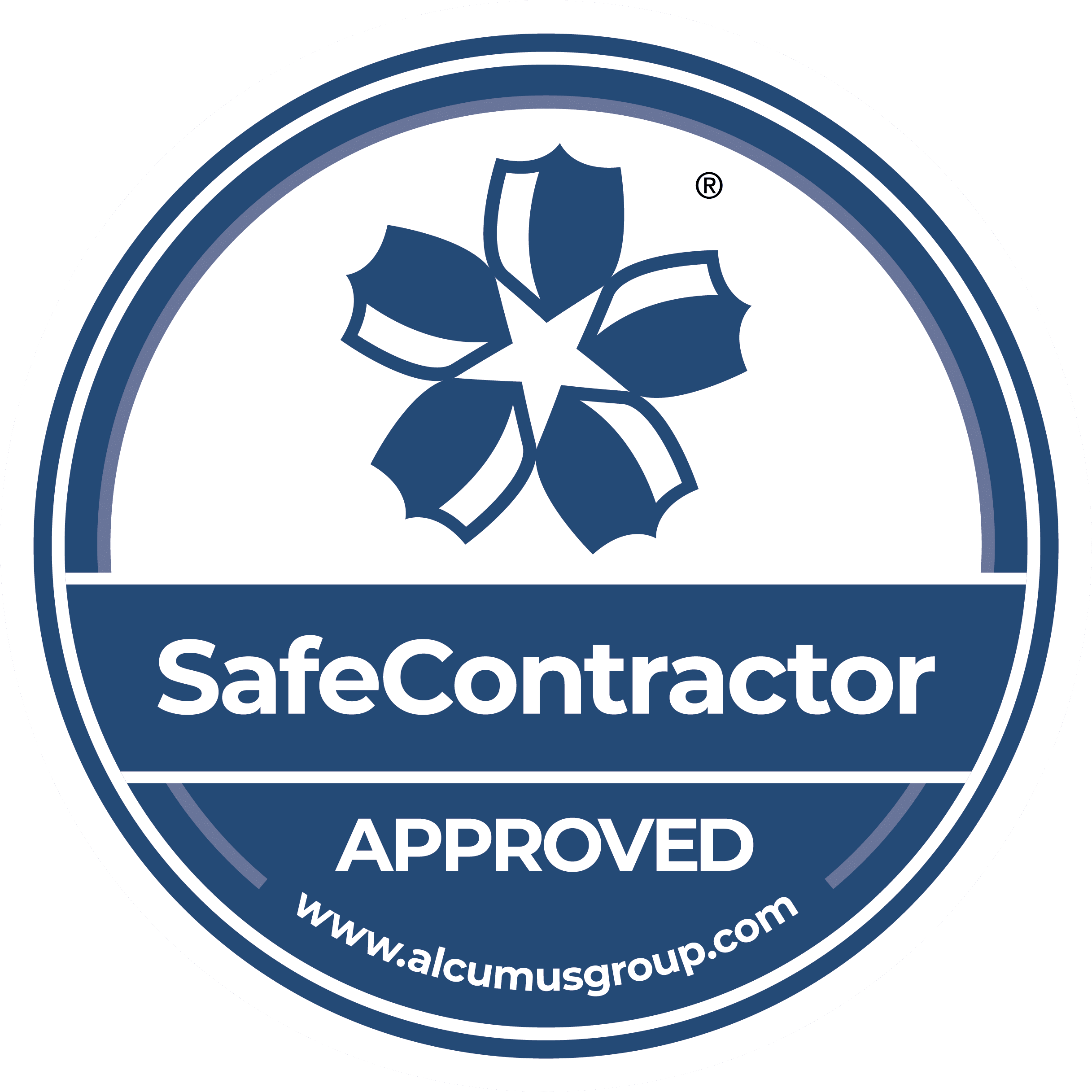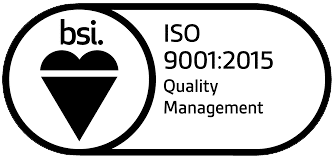Hygiene
Water activity, or equilibrium relative humidity (ERH%), is used to measure many personal hygiene and domestic cleaning products like soap, gels, creams, toothpaste and washing powders/ liquids for quality control and stability. By controlling water activity, shelf-life may be extended and product effectiveness can be greatly improved by maintaining the stability of active ingredients.
Industry Application Notes
-
Novatron Application Note - Water Activity Testing in Packaging Products
Download -
Novasina Application Note - The importance of water activity for the safety and quality of cosmetic products
Download -
Novasina Application Note - Water activity standards: A review
Download -
Application Note - Hygiene, water activity
Download
Measuring water activity
Challenges in measuring water activity
Often there are high concentrations of solvents in samples, eg glycerol as a humectant, which can lead to slow aw readings, false results or damage and sensor drift for the water activity meter. It is therefore important to use a sensor protective alcohol and chemical filter in the aW meter to block these effects
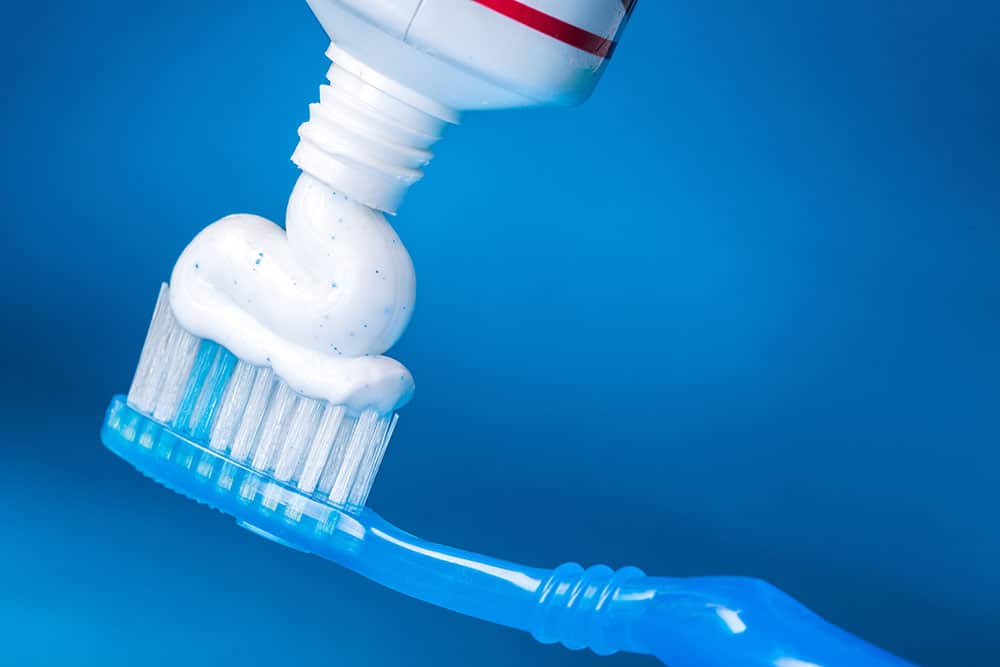
Hygiene
Microbiological growth potential
Many hygiene products absorb moisture from the environment in which they are used or stored, once the packaging seal is first broken. During the life of the product it may be possible that micro-growth occurs which can be inhibited if the product water activity remains below 0.6 aw.
Stability and moisture migration
Many hygiene products will experience moisture migration throughout the structure of the product during its useable life, once first used . This may cause ineffectiveness of the active ingredients and instability that leads to changes in smell, caking /sogginess & discolouration

